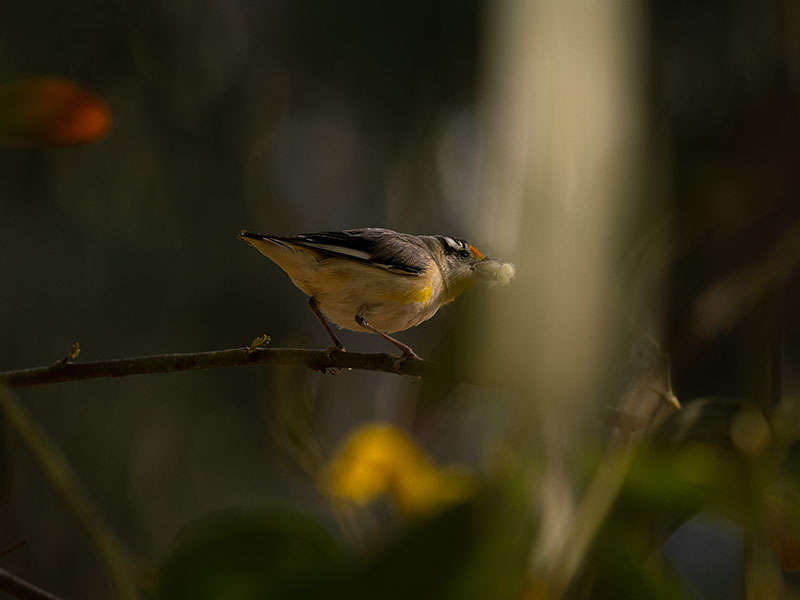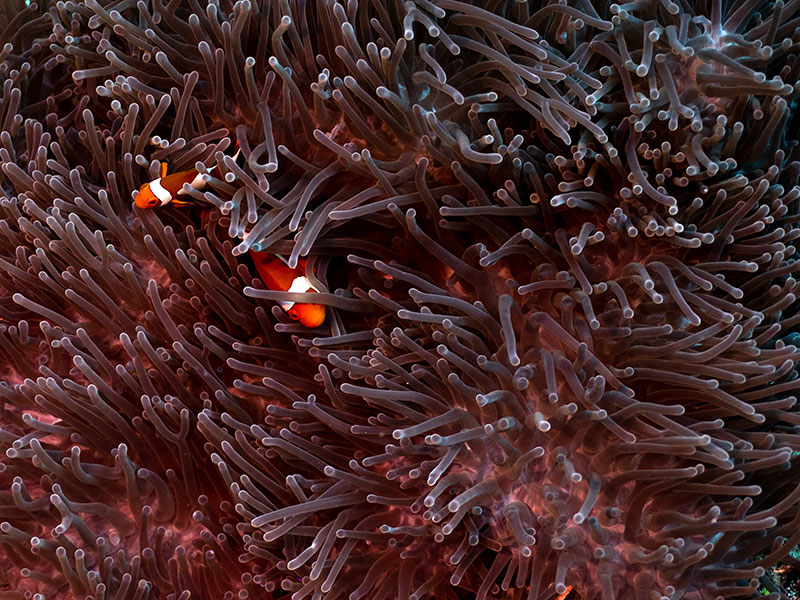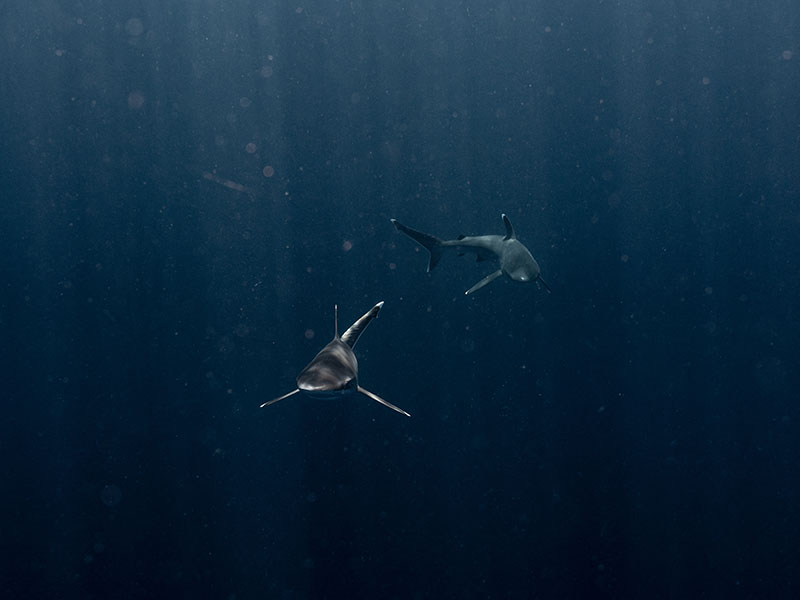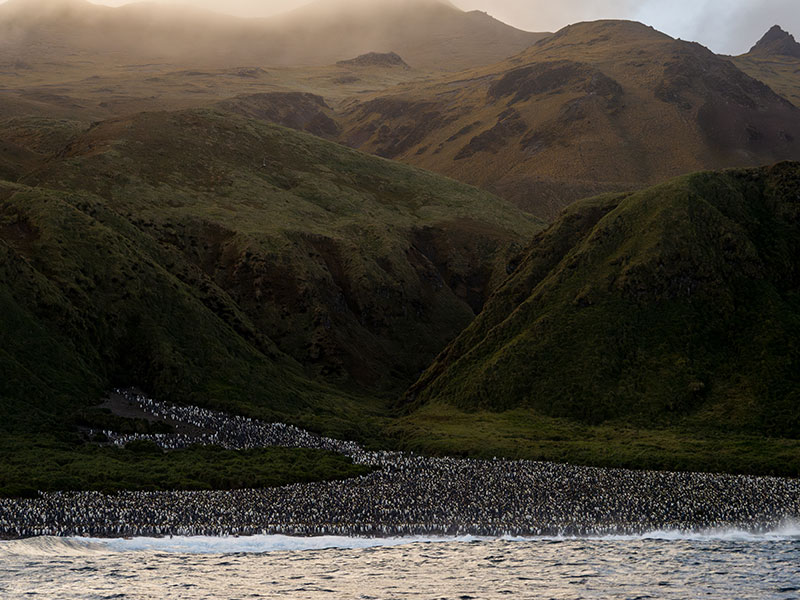For Slovakian-born Australian photographer Michaela Skovranova, there’s no line between the intense personal focus her wildlife and other nature photography demands, and the big-picture environmental and conservation issues it represents. [Article courtesy of OM SYSTEM]

‘I approach documentary storytelling with the same mindset I bring to my artistic practice. They inform each other,’ says Skovranova, whose professional status includes being a National Geographic Photo Expert and an OM SYSTEM Ambassador.
‘Many of my projects allow space for personal interpretation and creative exploration, which often leads to the most resonant work. I believe in combining scientific understanding with emotional connection – creating visuals that are not just informative, but also deeply felt.’

Skovranova, who lives in Melbourne, has been spending as much as half her time on one to two-month assignments elsewhere in Australia and overseas. More often than not, they’re in some of the world’s most extreme environments, ranging from remote desert to underwater Antarctica.
‘My work is a way of understanding both my inner world and my relationship to the natural world – especially the ocean,’ she says. ‘Through intimate, immersive storytelling, I hope to foster empathy, not only for the ecosystems and species we live alongside, but also for ourselves and each other. I want to create spaces where people can reconnect with nature, and by extension, with their own sense of wonder and resilience.
‘I’m currently exploring a number of environmental storytelling grants that would allow me to focus on long-term projects grounded in the places I feel most connected to – starting with Port Phillip Bay, in my own backyard. I’m developing a long-form storytelling project titled Shared Breath, which explores the human-animal dive reflex as a metaphor for resilience and interconnection. It ties into a broader body of work called Sea Within, a series that brings underwater soundscapes, video and portraiture into civic spaces to highlight the marine ecosystems of Port Phillip Bay.’

Skovranova, who came to Australia almost 25 years ago when she was 13, first picked up a camera at 16. She studied photography through high school and university, and after graduating in 2009, immersed herself in the industry.
‘I worked in a range of roles, assisting photographers, second-shooting weddings, working in commercial studios, and even at a camera hire shop. That broad, hands-on experience helped build a strong foundation. Around that time, I was also a wildlife educator, which is when my love for nature and visual storytelling really began to merge.’
A pivotal career moment came through social media when, after being interviewed by Instagram, Olympus (now OM SYSTEM) asked her to create an underwater series in Tonga using its gear. She has now worked with OM SYSTEM for more than 10 years.
In 2017, Instagram hosted her in the US, where she got the opportunity to present her work at National Geographic headquarters. That opened the door to her ongoing role as a National Geographic Expert. As well as photographers, NGEs include scientists, researchers, historians and others who share their specialised expertise with travellers to enrich their experiences through presentations, discussions and insights into the places they visit.
Skovranova, whose photos have featured in publications including National Geographic, Australian Geographic, The New York Times, Time magazine and The Guardian, is also a film-maker, which she says is deeply interconnected with her stills photography. ‘I primarily focus on stills and often capture atmospheric video alongside it for use in projection work or immersive installations. The stills distil emotion and narrative into a single moment, while film helps build a sensory world around it.’

Gearwise, she says that one of the things she loves most about her OM SYSTEM kit is its compact, lightweight design. ‘It’s ideal for free diving and travel, where mobility and weight make a big difference. The in-body image stabilisation and weather sealing are also crucial in the unpredictable environments I work in.’
She primarily uses the OM-1 Mark II, paired with a range of OM SYSTEM lenses depending on the environment and story she’s capturing.

‘For wildlife, I often work with the 40-150mm f2.8 lens with a 1.4x teleconverter, or the 300mm f4.0 fixed lens for greater reach and sharpness, and the 25mm f1.2 for more intimate, atmospheric moments. Underwater, I typically use the 12-40mm f2.8 for flexibility, and the Olympus PT-EP14 housing, designed specifically for the OM-D E-M1 Mark II. It’s a reliable, well-balanced system.’

